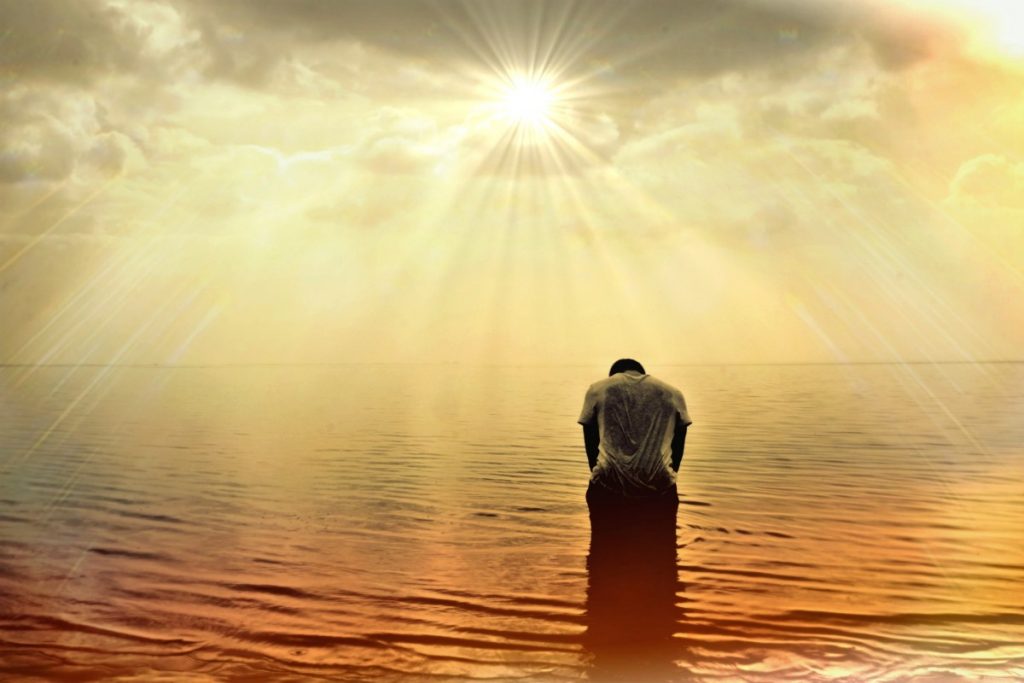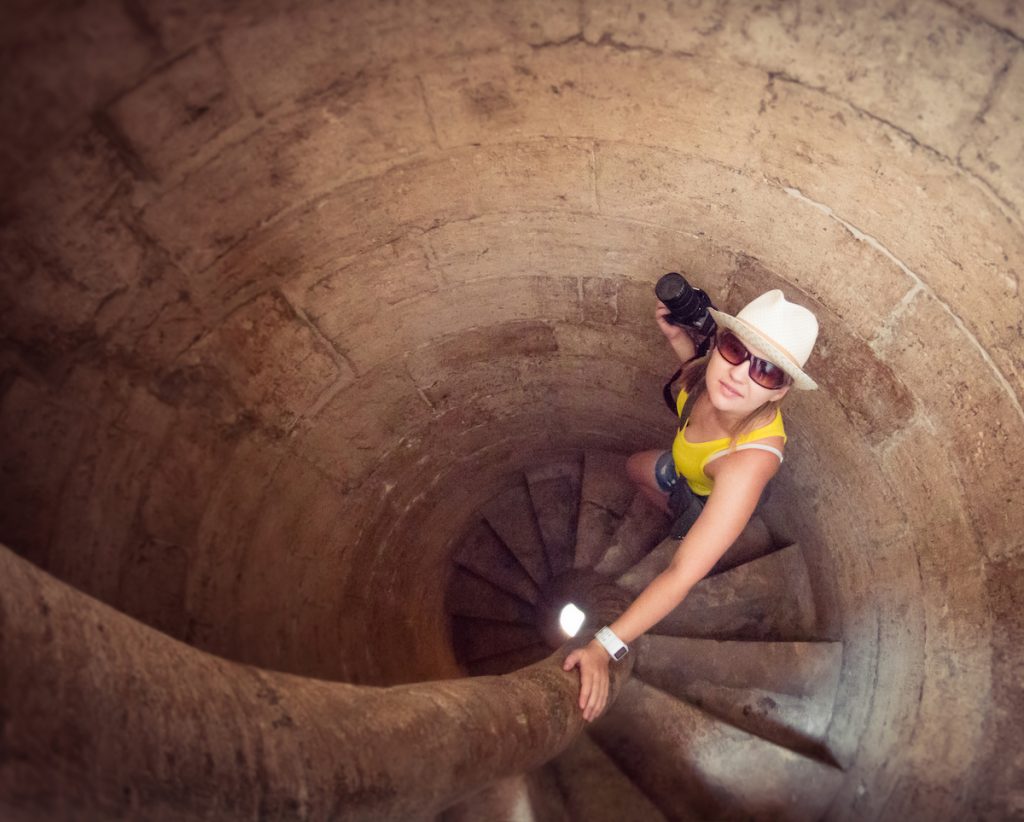 Vipassana is known internationally as a silent meditation retreat program. What is the philosophy behind this program?
Vipassana is known internationally as a silent meditation retreat program. What is the philosophy behind this program?
In the Buddhist tradition, vipassanā (Pāli) or vipaśyanā (Sanskrit: विपश्यन) is to see into the nature of reality or as the official Vipassana website claims, it means to “see things as they really are.”
अत्तदीपा विहरथ अत्तसरणा अनञ्ञसरणा।
धम्मदीपा विहरथ धम्मसरणा अनञ्ञसरणा।।
“Make an island of yourself, make yourself your refuge; there is no other refuge. Make truth your island, make truth your refuge; there is no other refuge.”
— Mahā-Parinibbāna Sutta, Dīgha Nikāya, 16.
In the Theravada Buddhist tradition, vipassanā refers to insight into the trinity of understanding the nature of reality in Buddha’s discourses, known as the Three Universal Truths:
- annica (impermanence)
- dukkha (suffering or better translated as unsatisfying)
- anatto (no self or the realisation of agelessness or non-self)
Whether the retreat and program initiated by S.N Goenka in the tradition of his teacher, the Burmese Government Minister, Sayagyi U Ba Khin, is strictly-speaking Buddhist is a moot point. Sayagyi U Ba Khin was the first Accountant General of Burma.
The process of Vipassana in this tradition, places the centre of awareness on bodily sensations. This consciousness of the rise and fall of the breath, and the changing nature of sensations, becomes a meditation on annica(impermanence).
This philosophy subscribes to a belief that inner harmony comes from the observation of somatic experiences, and the more one observes oneself (essentially sits with the self), the more the mind becomes still, pure and harmonious. And in turn, the more the mind stills, the more we become free from our suffering.
The Buddha taught Śamatha(calm abiding) in tandem with Vipassanāto reach Paññā(wisdom). These are required for a wholesome meditation practice. In the Pāli canon, both these mental qualities are the pathway to developing a still mind.
Śamatha is the practice of calming the mind and its ‘saṅkhāra’ (mental defilements, agitations or formations संस्कार). Śamatha is usually taught via single-pointed awareness or breath-mindfulness founded on śīla (morality).
In the modern Vipassana teaching, the philosophical focus always returns to annica(the changing nature of phenomena) as the gateway to nirvāṇa (Pali: nibbāna) — the liberation from suffering.
What did I learn from my Vipassana retreat?
How do we face our suffering and feel it without removing ourselves in drugs, alcohol, television, or mind-numbing foods?
Would I do it again?
I’ve subsequently sat two more retreats in this tradition. I regard it as a prelude to exploring authentic Buddhism, and finding a saṅgha (community). I feel like in many cases, because of its Draconian approach, it puts people off Buddhism for life, and often turns them off meditation too.
The focus on suffering in Vipassana seems more distinct than in other Buddhist traditions, with the exception of Zen Buddhism. I prefer a “softer” more Western approach for mushy people like me! I would also advocate the importance of having a writing pad or journal so you can write down your thoughts. Whilst sensory deprivation is helpful, writing things down is essential to clear the mind, otherwise, one constantly recycles or regurgitates the same thoughts for 10 days — often a shopping list of items, which can easily be written down. I also prefer having some reading matter.
Main Image via Pxhere. You are awesome as you are, and I love you! And if you love me back, please click ‘share’ up at the top!
Please follow me on Facebook: davidstarlyte and Instagram: davidstarlyte
New Meditation Transmissions available: Free Meditation Channel:
Starlyte Meditation: please subscribe for free updates.

